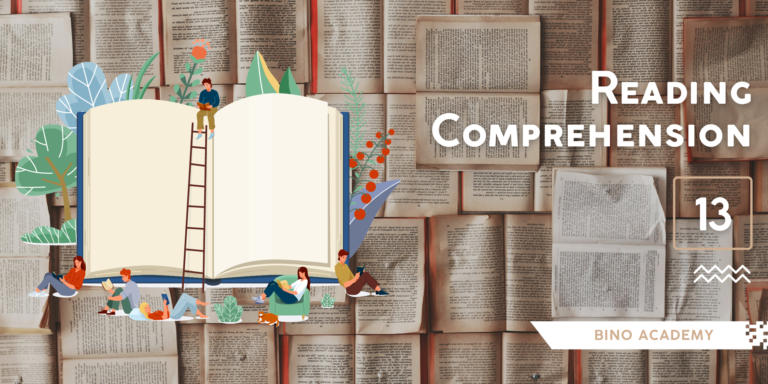Cấp độ: Upper-Intermediate.
Audio:
Hardcover and paperback are two types of books and bookbinding processes. A hardcover book is also called a hardback or hardbound. On the other hand, a paperback also goes by the names softback and soft cover. Paperbacks can be further classified as trade paperbacks and mass-market paperbacks.
Paperback book, as its name implies, has a soft card or a thick paper cover over the pages. This type of covering is less heavy but prone to folding, bending, and wrinkles with use and over time. Hardcover books are characterized with a thick and rigid covering. This covering allows protection for the pages and makes the book durable and usable for a long time. Oftentimes, a hardcover book has a dust that protects the books from dust and other wear and tear. Some books are even made durable by using leather or calfskin as a book covering.
In terms of manufacturing and purchasing books, hardcover books are more expensive due to the materials and processes. Pages of hardcover books are acid-free paper. This type of paper allows preservation of the ink and is ideal for books in use and preserving them for a long time. On the other hand, paperbacks use cheap paper, usually newsprint. The reason for this is to lower production costs and being readily made available for the masses. The paper in a hardcover book is usually stitched together before being glued, stapled, or sewn to the book’s spine. Due to the stitches, a hardcover book can have signatures, a place where the binding threads are visible. Meanwhile, a paperback book’s pages are glued together and glued again to the spine. This makes the pages loose or separated while being in use. Hardcover books are often applied to academic books, references books, commercial, and bestsellers that have enjoyed financial success. Other books in the hardcover version are books of collectible value. Publishers often release a hardcover version of the book to show investment so that they can project a high return of investment. This is a large contrast regarding paperbacks. Paperback books are done for new or succeeding editions, reprinting of books or books with little profit margin. Publishers use the paperback editions to stretch the profit for the book. The first release or first edition of a literary work is purposefully done as a hardcover book followed by paperback versions.
500 Bài Luyện Đọc Hiểu – Đọc Điền Tiếng Anh by Trang Anh
NEW VOCABULARY:
hardcover (n): bìa cứng
paperback (n): bìa mềm
bookbinding (v): đóng sách
hardbound (n): đóng sách (bìa cứng)
mass-market (n): sản xuất đại trà, nhiều
prone (adj): miễn nhiễm, không bị ảnh hưởng.
wrinkles (n): Vết nhăn
rigid (adj): cứng nhắc
calfskin (n): da bê
manufacturing (v): sản xuất
preservation (n): sự bảo quản
newsprint (n): giấy in mới.
stitched (adj): được khâu vào.
sewn (past participle of sew): khâu
binding (adj): ràng buộc
reprinting (v): tái bản
profit margin (n): biên lợi nhuận
QUESTIONS:
Question 1: What is the main topic of the passage?
A. Difference between hardcover and paperback.
B. Why people favour paperback over hardcover.
C. The biggest dilemma existed for book collectors.
D. The story behind book manufacturing process.
Question 2: The word “classified” in paragraph 1 hold the same meaning as _______.
A. allocated B. labelled C. categorised D. codified
Question 3: The word “wrinkles” in paragraph 2 hold the same meaning as _______.
A. creases B. puckers C. furrows D. ruffles
Question 4: According to paragraph 3, what is the characteristic of paperback?
A. Paperbacks are open for customisation and are never produced in large quantities.
B. Their pages are often held together with glue rather than stitches or staples.
C. One of the major advantages of paperback book over hardcover is its durability.
D. Paperbacks are made with high-grade materials to preserve the paper from damage.
Question 5: According to paragraph 4, which category of book sis NOT typically published as hardcover?
A. Bestsellers by famous authors. B. References books.
C. Academic books. D. Comic books from Japan.
Question 6: The word “they” in paragraph 4 refers to _____.
A. books B. publishers C. bestsellers D. editions
Question 7: The following statements are true, EXCEPT ________.
A. Releasing hardcover versions of highly anticipated books before paperback ones is not a marketing tactic.
B. Hardcover books’ collectability is one of the reasons for their value besides their beauty and durability.
C. Hardcover books have a hard and thick protective cover and that is why they are termed as hardcover.
D. A lot of work goes into making a hardback so they tend to be more expensive than paperback ones.
Question 8: What is the overall tone of the passage?
A. Biased B. Vitrolic C. Informative D. Speculative


1A 2C 3A 4B 5D 6B 7B 8C
1.a
2.c
3.d
4.b
5.d
6.b
7.a
8.c
1 A. Difference between hardcover and paperback
2 C. categorised
3 A. creasses
4 D. Paperbacks are made with high-grade materials to preserve the paper from damage
5 D. Comic books from Japan
6 B. publishers
7 A. Releasing hardcover versions of highly anticipated books before paperback ones is not a marketing tactic.
8 C. informative